 It’s a case of one down and 2599 to go at the biggest subdivision in Christchurch.
It’s a case of one down and 2599 to go at the biggest subdivision in Christchurch.
The single house under construction in the Prestons housing development in Christchurch will not be alone for long.
The milestone of Prestons’ first house was marked by a visit from Prime Minister John Key this week, five years after the giant housing development was first launched. That first house is owned by 87-year-old Cliff Mitten. Since sections in the Marshland subdivision first went on sale last year, about 330 have been sold.
Of the 200 sections in the first stage, known as Korowai, only four remain unsold. Those buyers now have titles to their sections and more construction is due to get underway soon.
 In the second stage, Harakeke, 130 of the 230 sections have sold without being officially released to the market. Titles in that stage will be ready for buyers in June next year.
In the second stage, Harakeke, 130 of the 230 sections have sold without being officially released to the market. Titles in that stage will be ready for buyers in June next year.
Prestons is the city’s biggest subdivision, designed for 2600 homes and 8000 residents. It is being developed by CDL Land NZ, Ngai Tahu and Foodstuffs South Island.
Section sizes are from 450sqm to 650sqm, and those in stage two are priced at $210,000 to $244,000.
The developers first released their plans for Prestons in 2008.
They were in the process of trying to get the farmland rezoned for housing, in the face of opposition from Environment Canterbury and other parties, when the earthquakes hit.
The decision was put on hold and then the project was given the green light in 2011 under the Canterbury Earthquake Recovery Act.
 At 203 hectares, Prestons is on a site bigger than Hagley Park. It is next to the Bottle Lake Forest reserve, and the Waitikiri and Windsor Golf Courses.
At 203 hectares, Prestons is on a site bigger than Hagley Park. It is next to the Bottle Lake Forest reserve, and the Waitikiri and Windsor Golf Courses.
The development has been designed to include a shopping area with cafes and restaurants, a New World supermarket, a primary school and parks. David Schwartfeger, development manager for Ngai Tahu Property, says the section buyers so far have come from across the board in both age and location.
 He believes the geotechnical report that comes with each section is helping attract buyers.
He believes the geotechnical report that comes with each section is helping attract buyers.
Most of the land in the development has been classed as TC1, the least earthquake damage- prone of the government’s technical categories, while the remaining TC2 land has been brought up to TC1 level.
As part of that work, the developers did a soil swap with the Waitikiri Golf Club, removing and giving the club 70,000 cubic metres of peat in exchange for 70,000 cubic metres of sand. The subdivision was then stabilised with a 40-tonne elliptical roller which has been used overseas for mining work.
The Flovac vacuum sewerage system was chosen due to concerns about future earthquakes and due to the high water table in the area. This is Flovac’s second project in Christchurch, which is at Shirley.




 This historic village nestled on the banks of the Loire River near the French city of Nantes on the Atlantic coast of France is the site of the latest Flovac system in Europe.
This historic village nestled on the banks of the Loire River near the French city of Nantes on the Atlantic coast of France is the site of the latest Flovac system in Europe.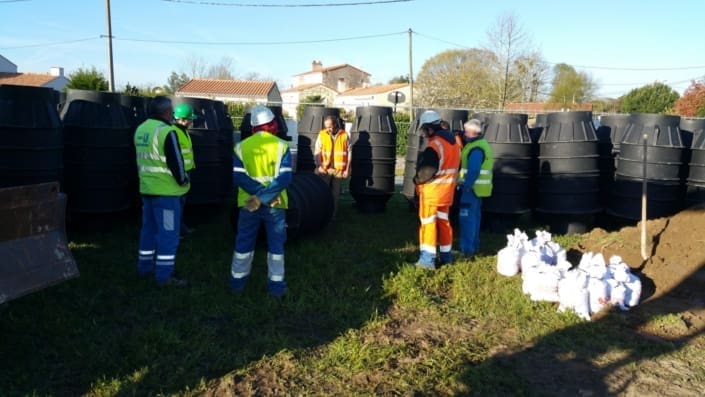 The town is in the heart of an important agricultural area and has very flat and sandy soil, ideal for a vacuum system. It is also known as the town that first developed the beurre blanc sauce, often used in french cuisine. There are also vines on the hills around the town that grow a muscadet wine that is very popular.
The town is in the heart of an important agricultural area and has very flat and sandy soil, ideal for a vacuum system. It is also known as the town that first developed the beurre blanc sauce, often used in french cuisine. There are also vines on the hills around the town that grow a muscadet wine that is very popular.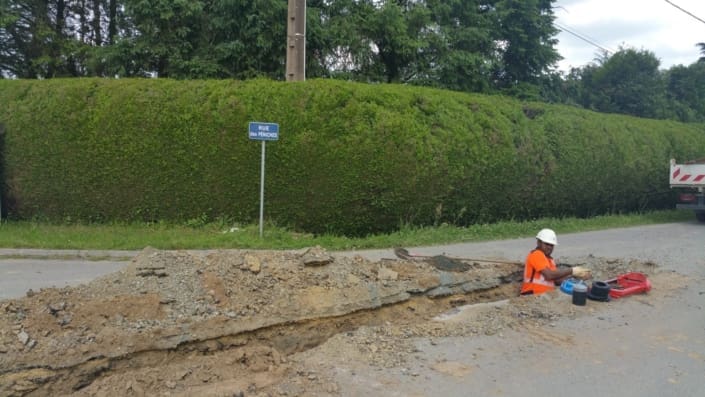 The system is able to be installed with only a single vacuum pump station which is also important in an old town like Saint Julien in that space is a precious commodity. It was also important to keep energy use as low as possible, and with a single small vacuum pump station, this is possible.
The system is able to be installed with only a single vacuum pump station which is also important in an old town like Saint Julien in that space is a precious commodity. It was also important to keep energy use as low as possible, and with a single small vacuum pump station, this is possible.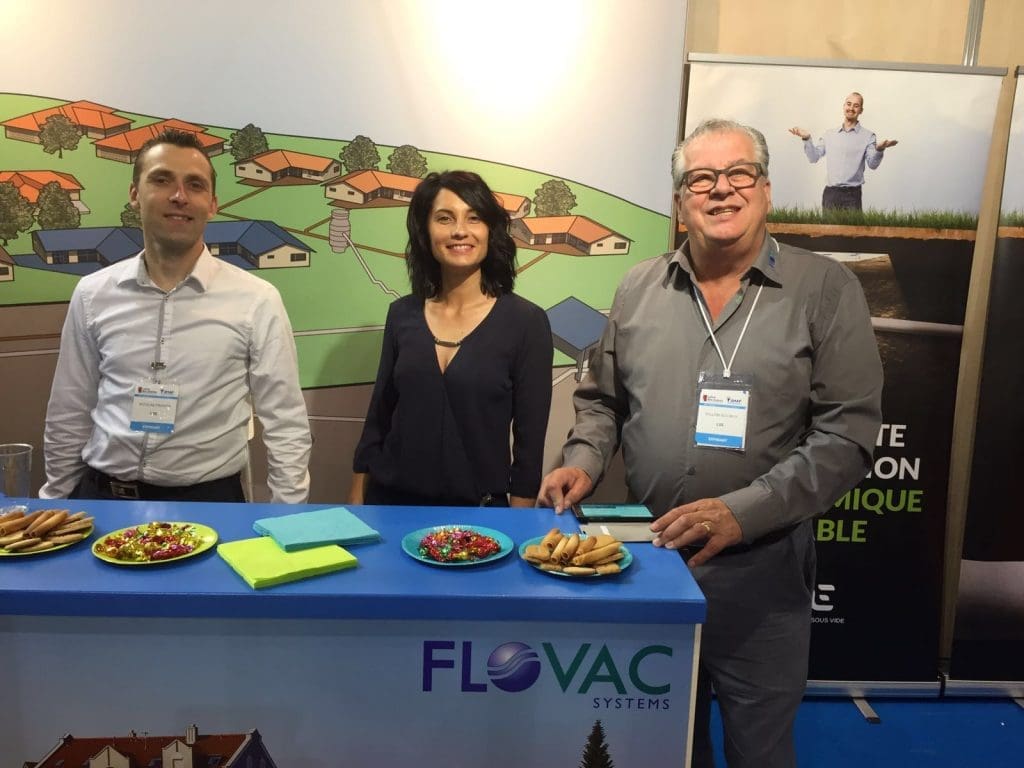


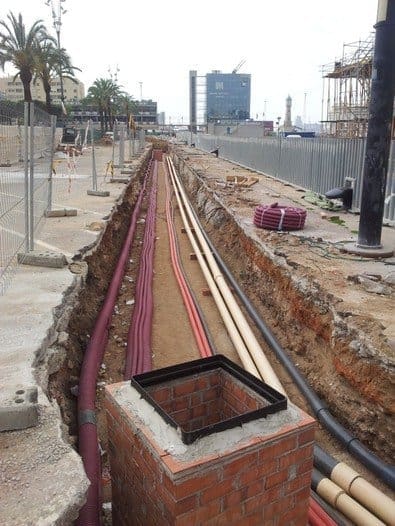 The vacuum system has two vacuum networks, one for wastewater generated in the Marina (waste water) and a parallel network where bilge water, which requires pre-treatment to collect the sewage discharged in port .The network of pipes, placed around
The vacuum system has two vacuum networks, one for wastewater generated in the Marina (waste water) and a parallel network where bilge water, which requires pre-treatment to collect the sewage discharged in port .The network of pipes, placed around The vacuum system ensures the impossibility of discharges into the sea , is the most economical solution in terms of execution of work, since by its very nature design , the network of pipes need not be buried deep underground and no intermediate pumping.
The vacuum system ensures the impossibility of discharges into the sea , is the most economical solution in terms of execution of work, since by its very nature design , the network of pipes need not be buried deep underground and no intermediate pumping. Flovac also designed software to control the discharge of sewage from yachts to the Marina and can accurately invoice by litres of discharge to the sewer. As a result, Marina Port Vell prevents sewage dumped at sea and in return gives them a MARPOL certificate.
Flovac also designed software to control the discharge of sewage from yachts to the Marina and can accurately invoice by litres of discharge to the sewer. As a result, Marina Port Vell prevents sewage dumped at sea and in return gives them a MARPOL certificate.


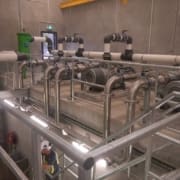
 It’s a case of one down and 2599 to go at the biggest subdivision in Christchurch.
It’s a case of one down and 2599 to go at the biggest subdivision in Christchurch. In the second stage, Harakeke, 130 of the 230 sections have sold without being officially released to the market. Titles in that stage will be ready for buyers in June next year.
In the second stage, Harakeke, 130 of the 230 sections have sold without being officially released to the market. Titles in that stage will be ready for buyers in June next year. At 203 hectares, Prestons is on a site bigger than Hagley Park. It is next to the Bottle Lake Forest reserve, and the Waitikiri and Windsor Golf Courses.
At 203 hectares, Prestons is on a site bigger than Hagley Park. It is next to the Bottle Lake Forest reserve, and the Waitikiri and Windsor Golf Courses. He believes the geotechnical report that comes with each section is helping attract buyers.
He believes the geotechnical report that comes with each section is helping attract buyers.

 There is however a problem in that current gravity sewer networks cannot cope with lower water flows in pipes in that it is water that transports solids down the pipe. If there is insufficient water, then there is no movement.
There is however a problem in that current gravity sewer networks cannot cope with lower water flows in pipes in that it is water that transports solids down the pipe. If there is insufficient water, then there is no movement.